Since February 4, 2025, the Trump administration has implemented sweeping tariff increases targeting Chinese imports, with rates escalating from 10% to 60% across key sectors like electronics, steel, and pharmaceuticals. These changes—part of broader “phase-out” policies aiming to decouple U.S.-China trade—have introduced unprecedented challenges for American importers. Additionally, 25% tariffs now apply to previously duty-free goods from Mexico and Canada, effective March 4, 2025. For businesses reliant on global supply chains, these measures translate to potential cost surges of 15%-40% on landed goods, threatening profitability and operational stability.
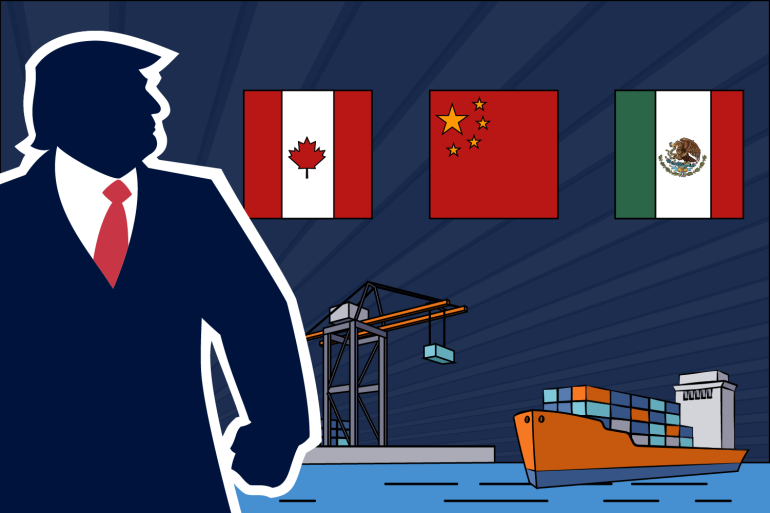
Table of Contents
3 Strategic Solutions for Importers
1. Supply Chain Diversification
Trump’s tariffs disproportionately target Chinese-made products, but importers can mitigate risks by relocating production to alternative hubs like Vietnam, India, or Mexico . However, hastily shifting suppliers without expert guidance may lead to quality inconsistencies or compliance pitfalls.
How Freight Forwarders Help:
- Vetted Supplier Networks: Partner with Dantful International Logistics to access pre-audited manufacturers in ASEAN and Latin America that meet U.S. compliance standards.
- Nearshoring Optimization: For goods previously sourced from Mexico or Canada, reevaluate logistics routes using tools like FreightOS’s Container Shipping Cost Calculator to compare post-tariff landed costs).
| Strategy | Tariff Impact Reduction | Implementation Timeline |
|---|---|---|
| Relocate Production to Mexico | 12%-18% | 6-9 months |
| Supplier Diversification (ASEAN) | 20%-25% | 9-12 months |
2. Tariff Exemption Applications
The de minimis threshold removal under Trump’s policy eliminates duty-free treatment for low-value shipments, but exemptions still exist for specific industries like medical devices.
Key Steps Forward:
- Tariff Classification Review: Misclassified HS codes can trigger incorrect duty rates. For example, solar panel components (HS 8541.40) now face 25% tariffs, but subsets like inverters (HS 8504.40) may qualify for exemptions.
- Leverage Automation: Tools like FreightOS’s Import Duty Estimator provide real-time calculations to identify eligibility gaps.
3. Inventory Planning & Logistics Optimization
With steel and aluminum tariffs hitting 25% on March 12 , bulk buyers face immediate cost hikes. Proactive inventory strategies are critical.
Freight Forwarder Solutions Include:
- Bonded Warehousing: Store goods in U.S. Customs-bonded facilities to defer duty payments until product sales.
- Multimodal Shipping: Shift high-tariff items to cost-effective air-sea hybrid routes, saving 8%-12% versus traditional routes.
READ MORE:
- Shipping From China to the USA
- Shipping From China TO Canada
- Shipping From China TO Mexico
- Shipping From China to Panama
- Shipping From China to Costa Rica
- Shipping From China to Brazil
- Shipping From China TO Colombia
- Shipping From China to Jamaica
- Shipping From China to Venezuela
- Shipping From China to Argentina
Why Partner with Dantful International Logistics?
As a Top 5 Global Freight Forwarder (2024 Logistics Today Rankings), Dantful delivers:
- End-to-End Tariff Mitigation: From classification audits to exemption filings.
- AI-Powered Analytics: Predict tariff impacts using proprietary models updated hourly.
- Guaranteed Cost Savings: Contracts include 5%-10% landed cost reduction clauses.
Conclusion
Trump’s 2025 tariffs demand agile, expert-driven strategies. Importers who partner with specialized freight forwarders like Dantful International Logistics can navigate this volatility while maintaining competitiveness.

Young Chiu is a seasoned logistics expert with over 15 years of experience in international freight forwarding and supply chain management. As CEO of Dantful International Logistics, Young is dedicated to providing valuable insights and practical advice to businesses navigating the complexities of global shipping.

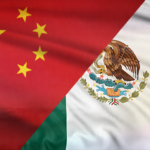
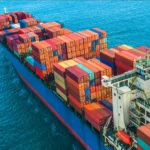
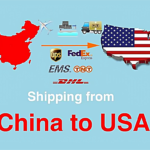
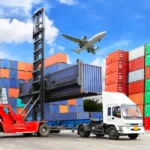
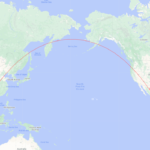
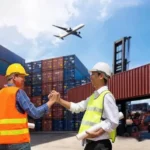
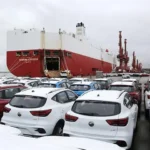



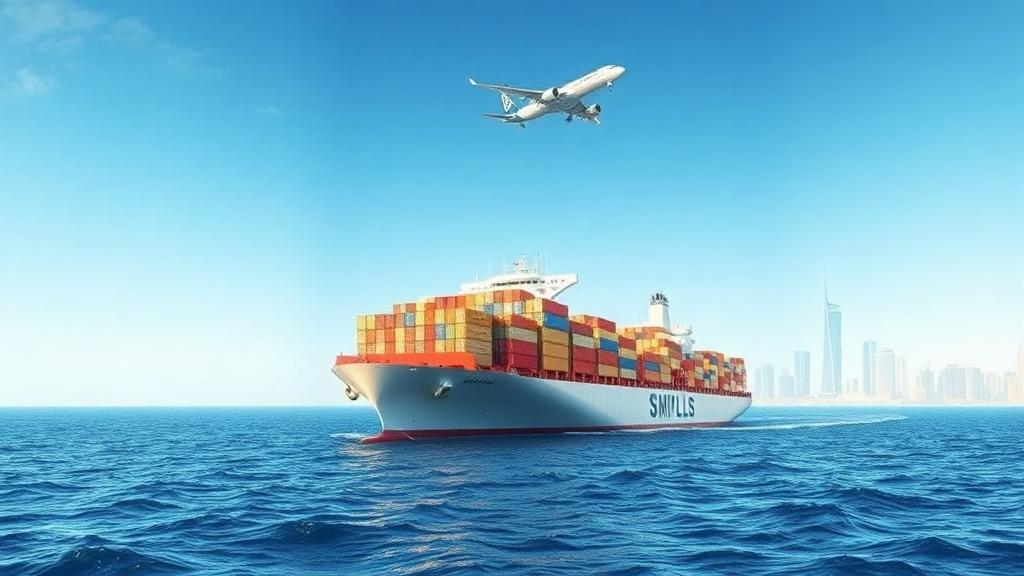
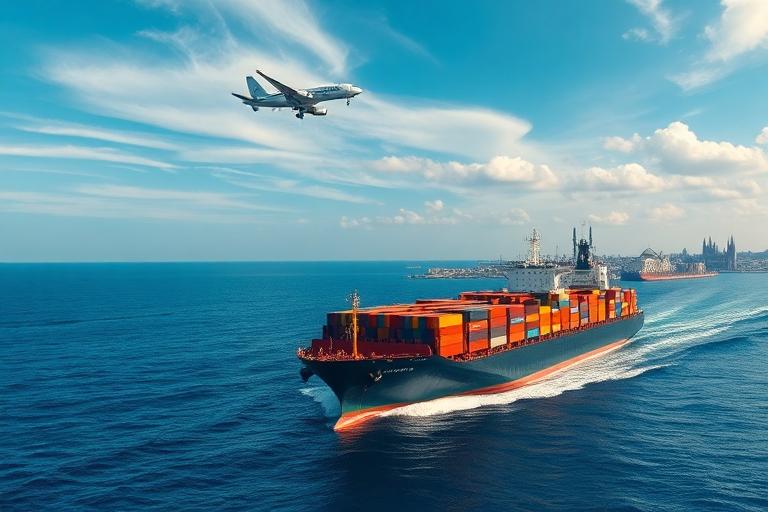
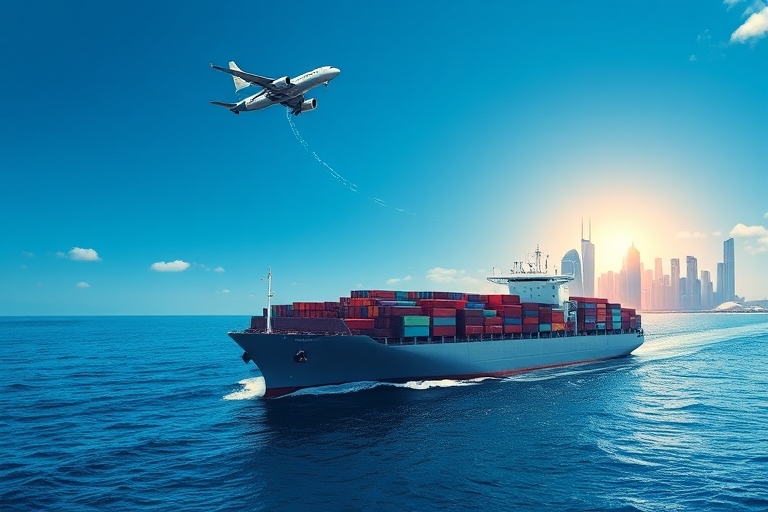
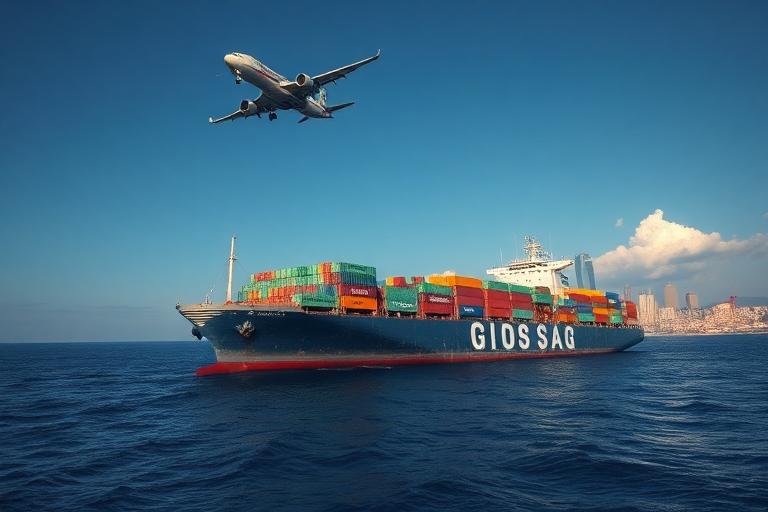
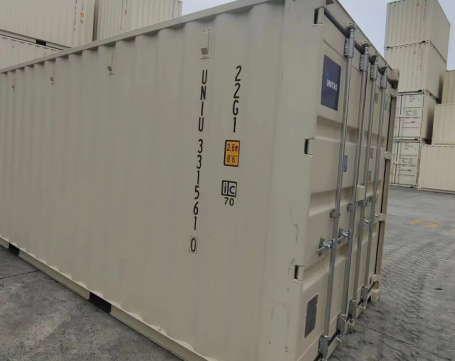
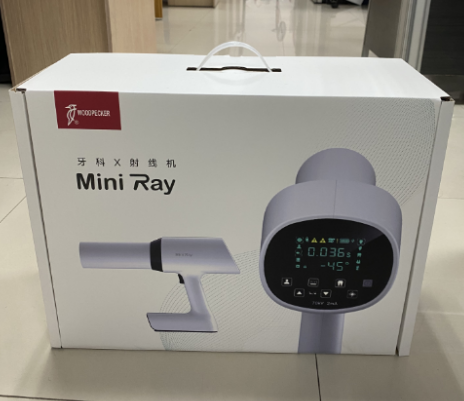
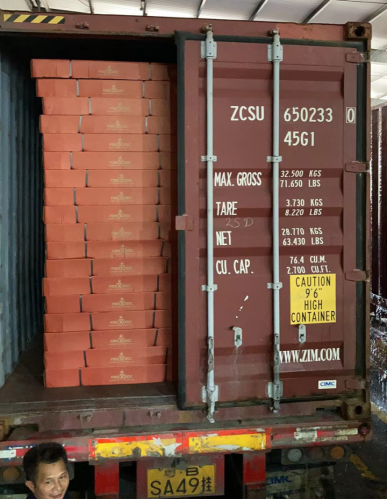
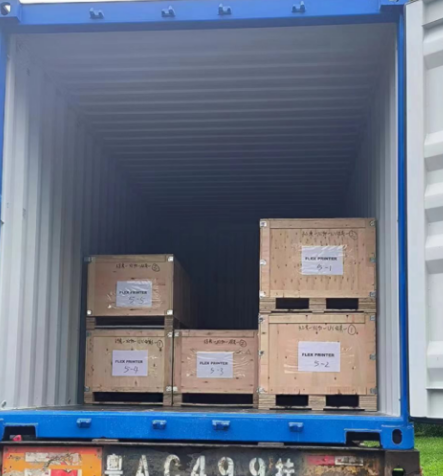
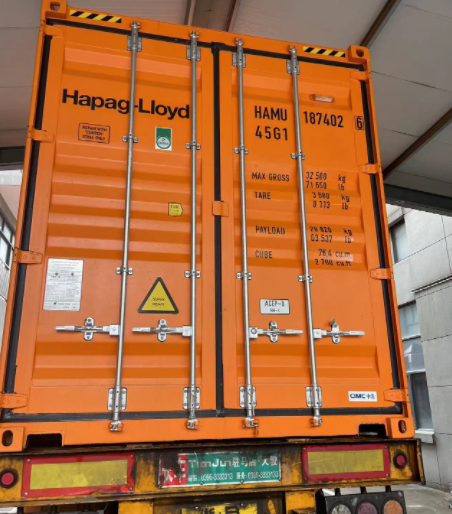
 Afrikaans
Afrikaans Shqip
Shqip አማርኛ
አማርኛ العربية
العربية Հայերեն
Հայերեն Azərbaycan dili
Azərbaycan dili Euskara
Euskara Беларуская мова
Беларуская мова বাংলা
বাংলা Bosanski
Bosanski Български
Български Català
Català Cebuano
Cebuano Chichewa
Chichewa 简体中文
简体中文 繁體中文
繁體中文 Corsu
Corsu Hrvatski
Hrvatski Čeština
Čeština Dansk
Dansk Nederlands
Nederlands English
English Esperanto
Esperanto Eesti
Eesti Filipino
Filipino Suomi
Suomi Français
Français Galego
Galego ქართული
ქართული Deutsch
Deutsch Ελληνικά
Ελληνικά Kreyol ayisyen
Kreyol ayisyen Harshen Hausa
Harshen Hausa Ōlelo Hawaiʻi
Ōlelo Hawaiʻi עִבְרִית
עִבְרִית हिन्दी
हिन्दी Hmong
Hmong Magyar
Magyar Íslenska
Íslenska Igbo
Igbo Bahasa Indonesia
Bahasa Indonesia Gaeilge
Gaeilge Italiano
Italiano 日本語
日本語 Basa Jawa
Basa Jawa ಕನ್ನಡ
ಕನ್ನಡ Қазақ тілі
Қазақ тілі ភាសាខ្មែរ
ភាសាខ្មែរ 한국어
한국어 كوردی
كوردی Кыргызча
Кыргызча ພາສາລາວ
ພາສາລາວ Latin
Latin Latviešu valoda
Latviešu valoda Lietuvių kalba
Lietuvių kalba Lëtzebuergesch
Lëtzebuergesch Македонски јазик
Македонски јазик Malagasy
Malagasy Bahasa Melayu
Bahasa Melayu മലയാളം
മലയാളം Maltese
Maltese Te Reo Māori
Te Reo Māori मराठी
मराठी Монгол
Монгол ဗမာစာ
ဗမာစာ नेपाली
नेपाली Norsk bokmål
Norsk bokmål پښتو
پښتو فارسی
فارسی Polski
Polski Português
Português ਪੰਜਾਬੀ
ਪੰਜਾਬੀ Română
Română Русский
Русский Samoan
Samoan Gàidhlig
Gàidhlig Српски језик
Српски језик Sesotho
Sesotho Shona
Shona سنڌي
سنڌي සිංහල
සිංහල Slovenčina
Slovenčina Slovenščina
Slovenščina Afsoomaali
Afsoomaali Español
Español Basa Sunda
Basa Sunda Kiswahili
Kiswahili Svenska
Svenska Тоҷикӣ
Тоҷикӣ தமிழ்
தமிழ் తెలుగు
తెలుగు ไทย
ไทย Türkçe
Türkçe Українська
Українська اردو
اردو O‘zbekcha
O‘zbekcha Tiếng Việt
Tiếng Việt Cymraeg
Cymraeg יידיש
יידיש Yorùbá
Yorùbá Zulu
Zulu